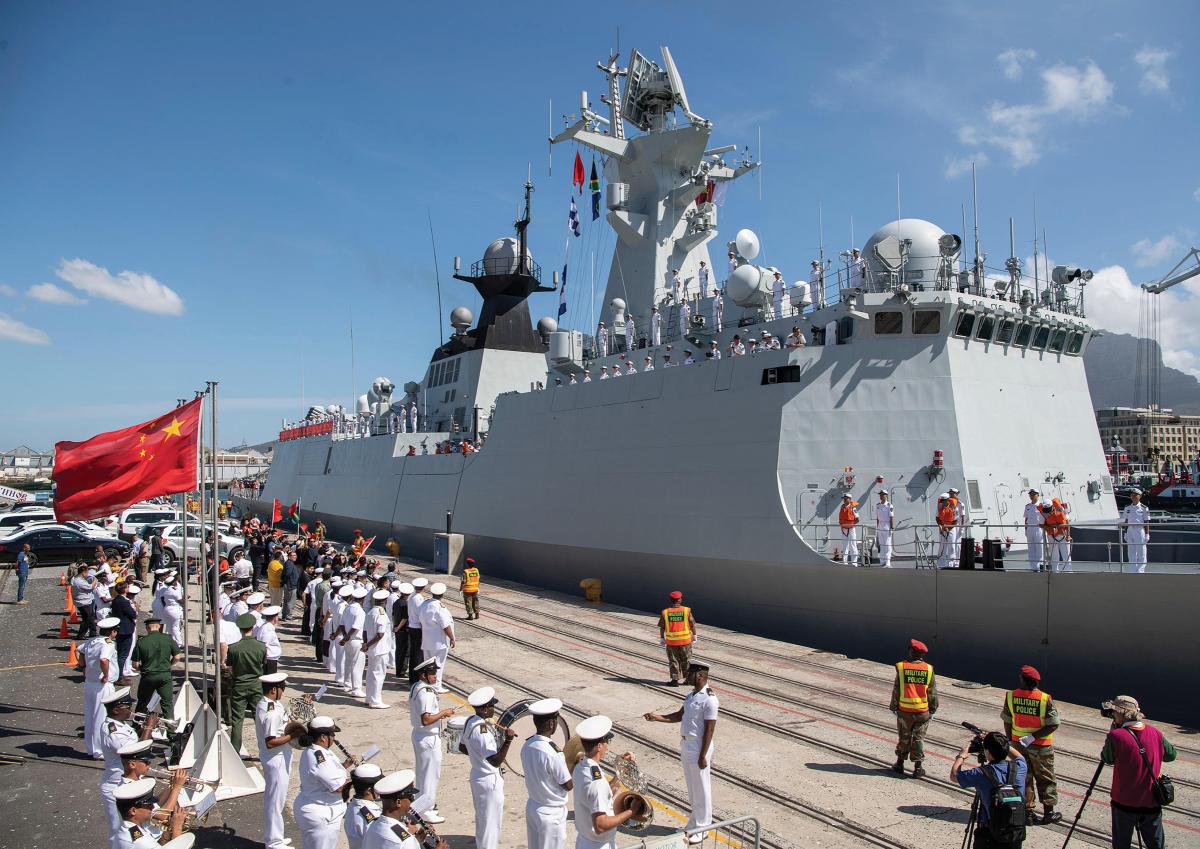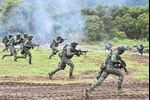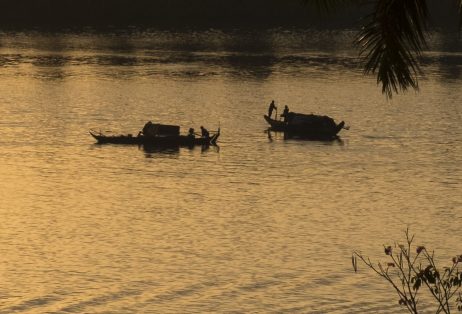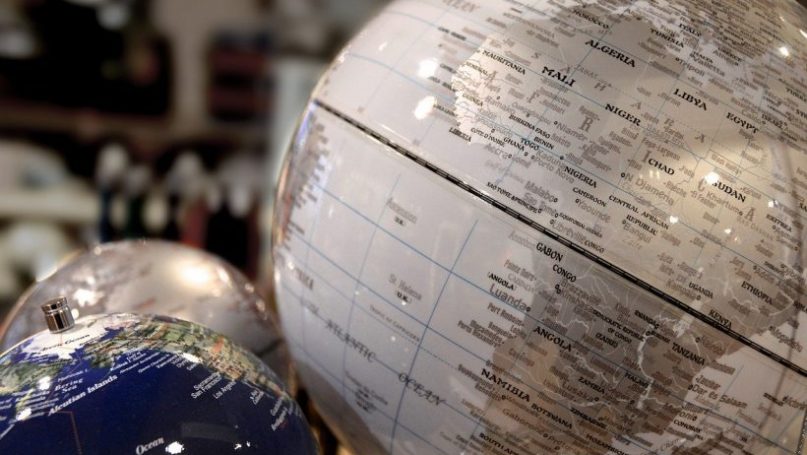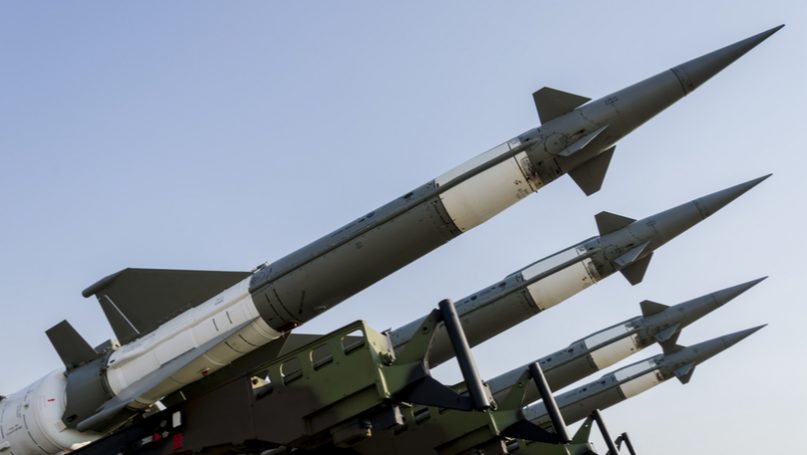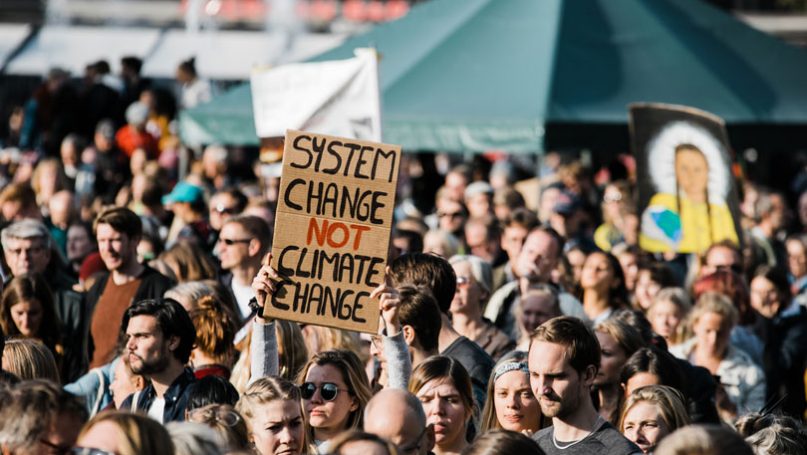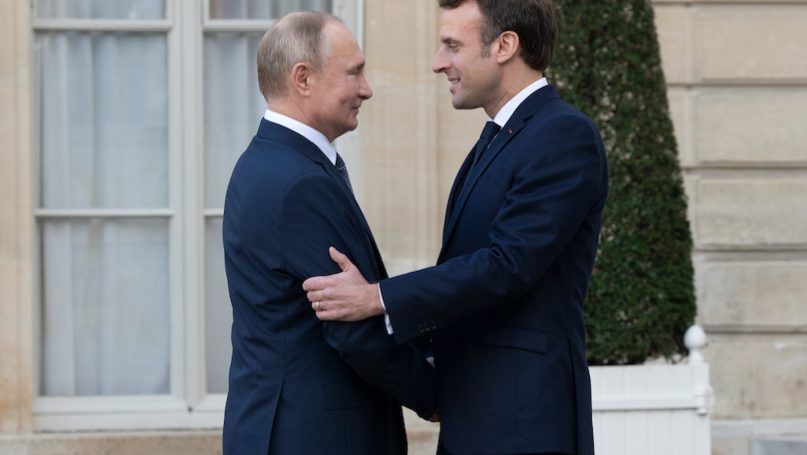 In a warm, encyclopedic tribute to her family Wednesday night, as she formally accepted the vice-presidential nomination, Senator Kamala Harris skimmed past any discussion of her father, Donald J. Harris, a Jamaican-born professor of economics at Stanford University.
In a warm, encyclopedic tribute to her family Wednesday night, as she formally accepted the vice-presidential nomination, Senator Kamala Harris skimmed past any discussion of her father, Donald J. Harris, a Jamaican-born professor of economics at Stanford University.
The reason is common to many of Ms. Harris’s generation: She is a child of divorce, raised by a single mother who became her most profound influence.
As Ms. Harris has stepped into the national spotlight, Dr. Harris, now 81 and long retired from teaching, has remained mostly silent. His only recent comments about her, published on a Jamaican website run by an acquaintance, express a combination of pride in his daughter and bitterness over their estrangement.
He scolded her in a letter, which has since been removed from the site, for joking in an interview that, growing up in a Jamaican family, it was natural that she had smoked marijuana. “Speaking for myself and my immediate Jamaican family, we wish to categorically dissociate ourselves from this travesty,” he wrote.






